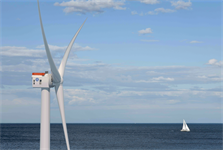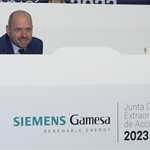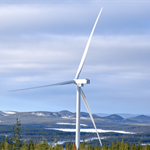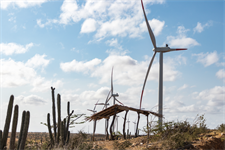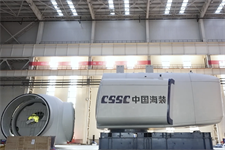‘Histrionic rhetoric’: GE hits back at Siemens Gamesa’s criticism of Haliade-X workaround
Energy Disrupter
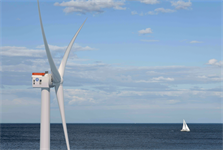
GE asked the US District Court in Massachusetts to modify a permanent injunction imposed in September on importing, manufacturing, selling or installing its Haliade-X offshore wind turbine in the US.
It requested the court rule that GE’s two new designs of the Haliade-X – unveiled last month in an attempt to circumvent the injunction – do not infringe a patent owned by Siemens Gamesa.
The company said: “GE proposes adding the following paragraph to the injunction: ‘GE’s Haliade-X-ii and Haliade-X-iii designs, as reflected in the design documentation submitted to the court, are not subject to this injunction’”.
A jury trial in June found that the Haliade-X infringes Siemens Gamesa’s patent for an offshore direct-drive turbine’s structural support mechanism and the physical and structural arrangement of the main shaft bearings.
‘Colourably’ different
According to GE’s latest court filing, the designs of its two workarounds, the Haliade-X-ii and Haliade-X-iii, are “colourably” different enough from the infringing Haliade-X to warrant changing the injunction, which expires in 2034 and which analysts have previously said could dent GE’s US offshore wind sales by $2 billion.
In court documents last week, Siemens Gamesa described designs for the Haliade-X-ii and Haliade-X-iii as “back of the napkin” and “rudimentary”.
But in its latest filing, GE dismissed these descriptions of the workarounds as “histrionic rhetoric” and said its drawings were “as detailed as those of SGRE’s infringed technology that the plaintiff relied upon in the jury trial”.
Now read: Siemens Gamesa dismisses GE’s ‘back of the napkin’ Haliade-X workaround
No impact on performance
GE said it had developed computer-aided designs of the new turbines and insisted that the modifications would have no impact on their performance or lifespan.
The court document stated: “GE engineers…performed key calculations and analyses regarding cost, weight, loads, and performance of the designs—and they have determined that the repositioning of the rotating main shaft and front bearing outside of the rotor hub will not negatively impact the operation, maintenance, energy production, power curve production, component performance, or the ability to service and maintain the wind turbines”.
A judge has yet to offer rule on GE’s motion regarding the workarounds.

